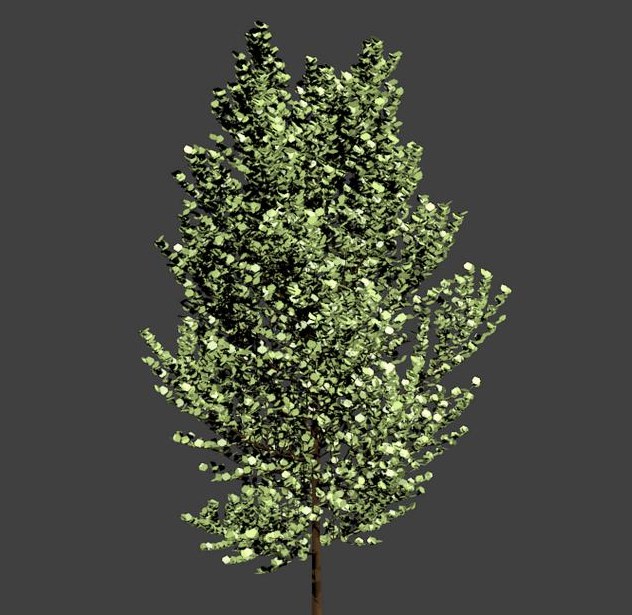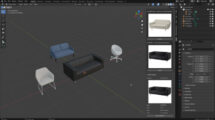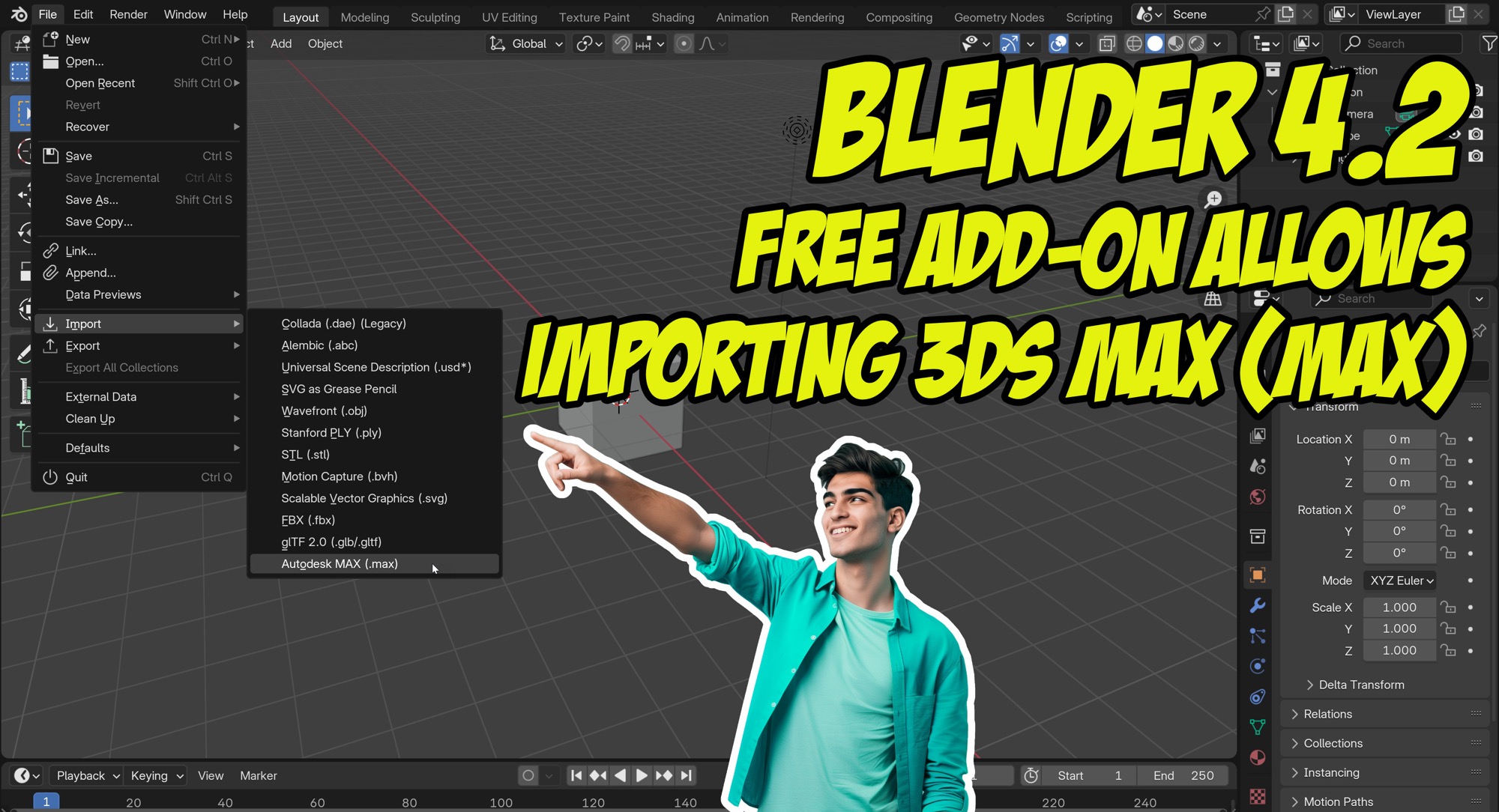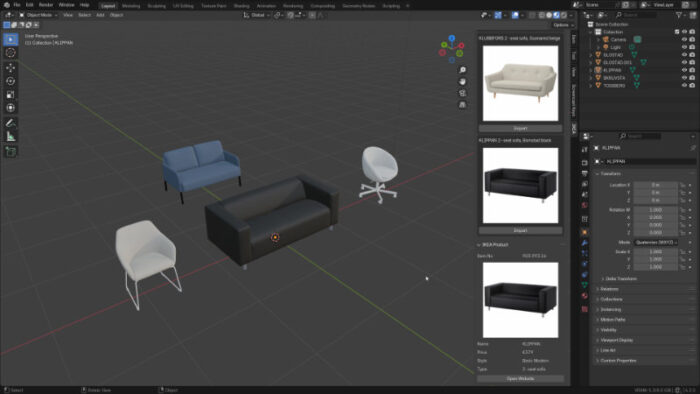
If your project needs lots of vegetation like trees one of the best ways to add those elements to a project is with textures. At least with textures the load to the scene will be minimum. But, if you want to create an animation the textures will look strange, simply because they are all static images. There is an interesting Add-on for Blender, which works on 2.58 that can create procedural trees called sapling. The resulting trees are all 3d models and don`t come close to the quality and realism we can achieve using textures, but the possibility of create animated trees is a huge plus for architectural animation.
Below you will find an animation created with the sapling Add-on. The author of the animation is an artist called TrumanBlending.







The sapling project looks nice but is probably too complicated for most project use. Could you do a tutorial on how to use textures to create vegetation like you mentioned in the post? Thanks!
@cob05 It’s a pretty simple task, take an image of a tree or other vegetation, create a grey-scale alpha in your favorite image editor. (gimp, photoshop etc)
Make note of the image size (or change the canvas size so it’s square) and create a plane inside Blender of the same dimensions. Add a Track To constraint and have it track the camera. (make sure to disable the Z axis so the vegetation doesn’t fall on it’s side)
It might be possible to set up an animation with multiple angles of the tree and have it change frames based on it’s current rotation. (alas I’m not experienced enough to give instruction on this)
Cheers